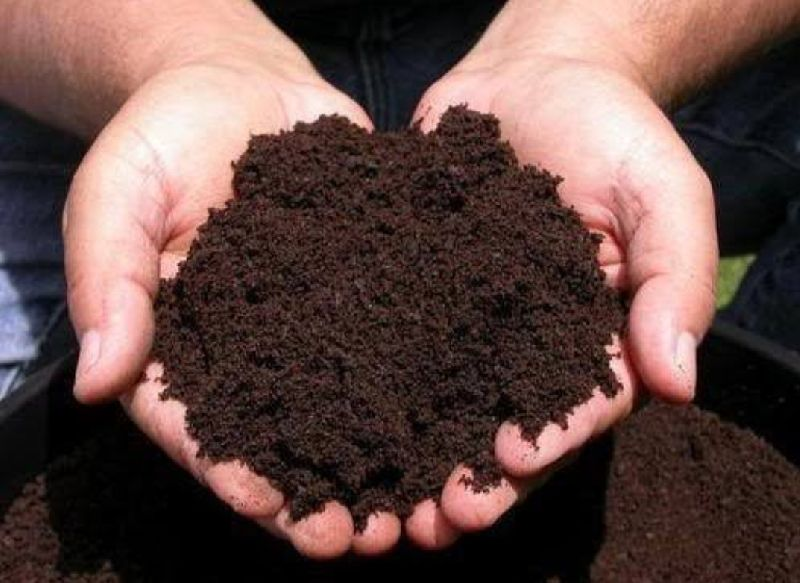Description

Copyright infringement not intended
Picture Courtesy: www.mswhitecoalind.in
Context: Pressmud, a residual byproduct in the sugar industry, fosters green energy via anaerobic digestion, empowering Indian sugar mills to boost revenue through biogas and compressed biogas (CBG) production.
Details
- India has become a significant player in the global sugar economy, surpassing Brazil as the leading sugar producer and ranking as the second-largest sugar exporter worldwide.
- The expansion of the ethanol biofuel sector has not only strengthened the sugar industry but also improved the financial standing of sugar mills.
Pressmud as a Resource
- Pressmud, also known as filter cake or press cake, is the residual byproduct of sugar production. It has gained attention for its potential to produce green energy, specifically as a feedstock for generating biogas through anaerobic digestion, which can then be purified into compressed biogas (CBG).

Advantages of Pressmud as Feedstock for CBG:
- Simplified Supply Chain: Pressmud's use eliminates complexities in feedstock supply when compared to other sources like agricultural residue.
- Single Source: It is obtained from one or two sugar mills, simplifying sourcing compared to multiple farmers or producers.
- Consistent Quality: Unlike municipal solid waste, pressmud's quality remains relatively consistent, avoiding issues like inorganic material damaging digesters.
- Cost Efficiency: The cost of pressmud is comparatively lower than other potential feedstocks.
Challenges Associated with Pressmud Utilization
- Increasing Costs: The recognition of pressmud's value has led to a substantial increase in its price, creating competition with other uses like fertilizers, composting, and fuel for brick kilns.
- Storage and Decomposition: Storing pressmud for year-round use in CBG plants poses challenges due to its gradual decomposition, leading to breakdowns in organic compounds, which can increase production costs.
Regional Production and Mill Operations
- Uttar Pradesh and Maharashtra contribute significantly to sugarcane cultivation, and a large portion of the sugarcane production comes from these states. The number of operational sugar mills in India and their production output, alongside the potential pressmud quantity, is highlighted.
Potential of CBG Generation and Necessary Interventions:
- Given the quantity of pressmud available, there's significant potential to generate CBG. However, several interventions are needed for effective utilization.
- Policy Implementation: States with high CBG potential should implement bioenergy policies to streamline project approvals and offer incentives.
- Economic Stability: Mechanisms to control pressmud prices and encourage long-term agreements between sugar mills and CBG plants are essential for economic stability.
- Technological Development: Research on storage technologies to prevent methane emissions and minimize gas loss is crucial.
- Training and Education: Training sessions for operators and stakeholders to understand CBG plant operations and feedstock handling are necessary.
.jpg)
Conclusion
- Pressmud presents a significant opportunity for the CBG industry, offering a solution for waste management in sugar mills, creating a sustainable energy source, and providing organic fertilizer for agricultural use.
Must Read Articles:
SUGARCANE: https://www.iasgyan.in/daily-current-affairs/sugarcane
SUGARCANE INDUSTRY: https://www.iasgyan.in/blogs/sugarcane-industry-38
|
PRACTICE QUESTION
Q. How has the adoption of organic fertilizers impacted the yield and sustainability of agricultural practices in India, and what are the key challenges hindering their widespread implementation across different regions and crops?
|













